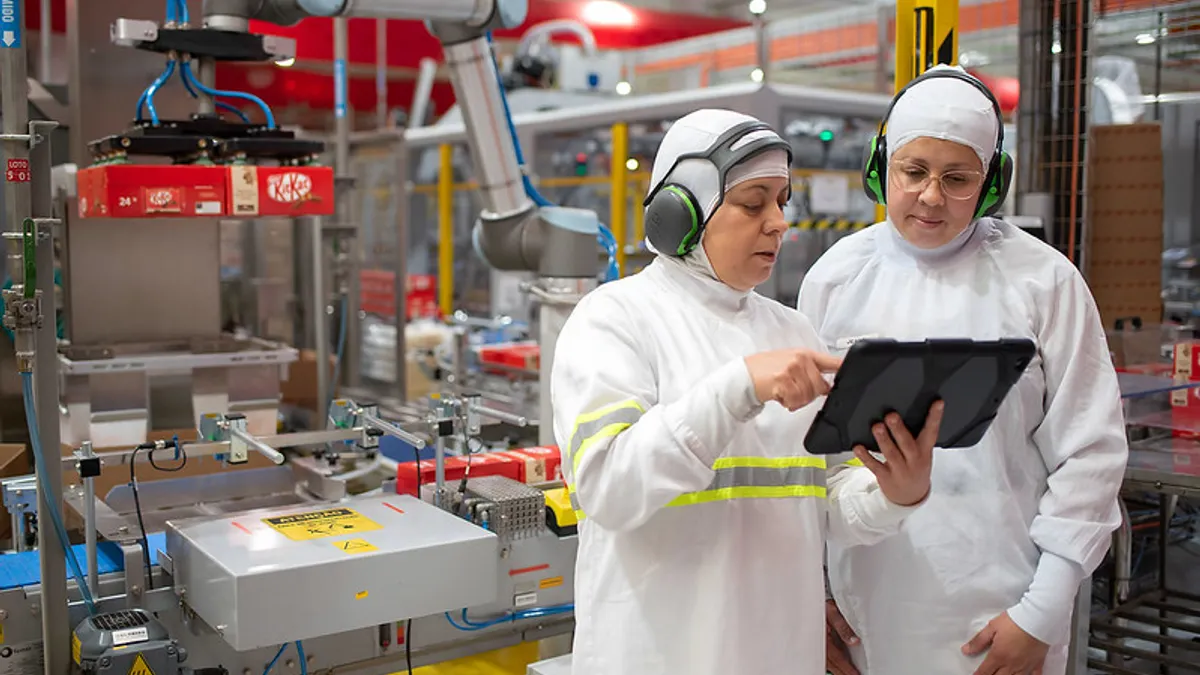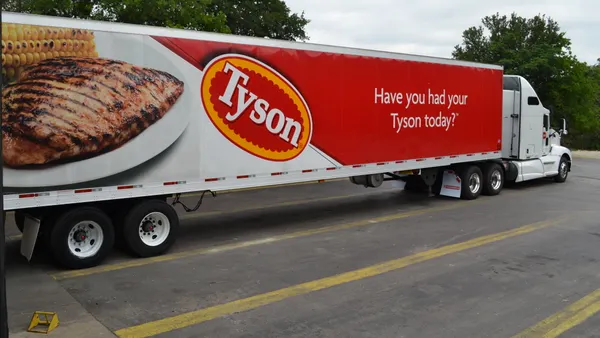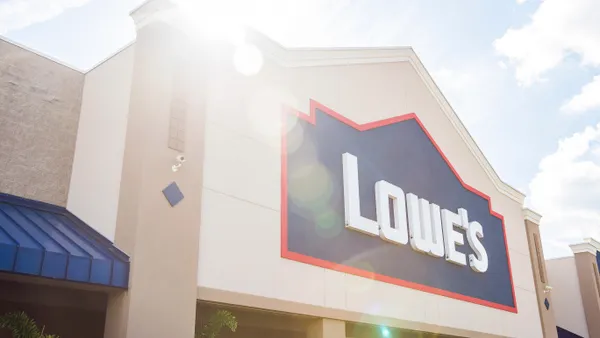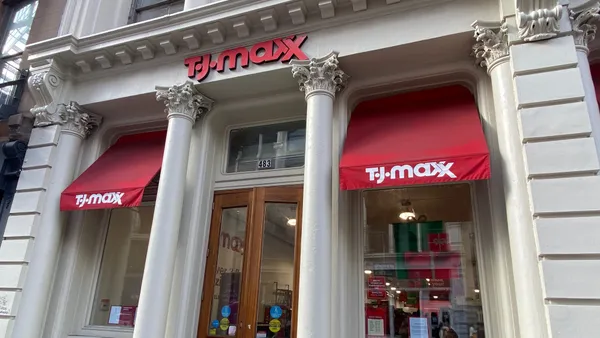Premium cookware company Avacraft is leveraging several of Amazon’s supply chain offerings to simplify its inventory management and logistics operations.
The transition to the e-commerce giant's services happened in stages for Avacraft. After initially signing up for Fulfillment by Amazon, Avacraft soon began using Amazon Warehousing and Distribution and Amazon Global Logistics to run its supply chain operations as the business continued to scale, CEO Asha Kangralkar told Supply Chain Dive.
“I used to spend five to six hours every day, and now it's down to five to six hours per week,” Kangralkar said during a session at Amazon Accelerate 2025 when asked how much time she saves on supply chain tasks by using AWD and AGL.
Here is a breakdown of how the Dallas-based cookware company uses Amazon’s supply chain services, which are growing in scale and prevalence for the e-commerce giant.
Amazon Warehousing and Distribution
Prior to AWD, Avacraft was juggling inventory management on its own while coordinating shipments across several warehouses. However, with Amazon’s storage solution, “it’s easy” to manage inventory and maintain warehouse stock, she said at Amazon Accelerate.
“It’s auto replenishment, so I need not spend a lot of time managing all of those inventories,” Kangralkar said. Instead, AWD automatically sends inventory to FBA when levels are low.
Avacraft previously worked with a third-party freight forwarder and warehouse, which required “many steps” before products reached Avacraft’s FBA locations, Kangralkar said in an email. Avacraft first had to send a detailed product list including destination ports, supplier info and SKUs to the freight forwarder. Upon approval, the forwarder coordinated loading details with the supplier.
Once freight was on the move, the forwarder would provide Avacraft with an arrival notice, alongside commercial invoices and packing lists, Kangralkar said. After cargo arrived at the 3PL warehouse, it would take two to seven days to obtain the receiving list.
“Until then, I cannot create work orders to send items to FBA,” she said.
Moving goods from the 3PL warehouse in the U.S. to FBA was another task. Kangralkar said that a shipment had to be created in Amazon’s Seller Central platform before generating shipping labels and attaching a work order in the 3PL system.
Small parcels, which are usually sent through UPS, would typically take a 3PL two to three days to prepare and ship. LTL shipments, on the other hand, would take a 3PL five to six days to prepare and send pallet dimensions.
“Once I receive [dimensions], I upload them into Seller Central to get pallet labels, send labels to 3PL, and it can take another 7–10 days before items reach Amazon,” Kangralkar said.
Amazon's global supply chain tools
Leveraging Amazon Global Logistics has also made Avacraft’s operations simpler and faster, Kangralkar said during the Amazon Accelerate session.
The cookware company initially manufactured its products in China. Because of the large minimum order quantity requirement, Avacraft had to rent space in a third-party warehouse, Kangralkar said. Avacraft eventually opened another manufacturing line in India after growing its product line to 40 items.
But navigating different countries with varying documentation processes, duty calculations and customs clearance was challenging, Kangralkar said.
Through AGL, product specifications are preloaded into the system, Kangralkar said in the email.
“I only enter carton numbers, select 'From' and 'To' locations, receive the freight quote instantly, approve, and get carton labels,” Kangralkar explained.
Carton labels can also be sent to the manufacturer, which AGL directly coordinates with for loading operations, she added.
Looking ahead, Kangralkar said she looks forward to using Amazon’s Global Warehousing and Distribution service, which is expected to launch later this year.
“The brands like me who manufacture internationally, it’s huge for them [to have] storage at your manufacturing facilities,” she said at Amazon Accelerate.
With Global AWD, Avacraft expects to obtain inventory — however much that may be — whenever it's needed. In turn, the company can free up capital to work on building its product portfolio or launching in other marketplaces, she added.
This story was first published in our Operations Weekly newsletter. Sign up here.














